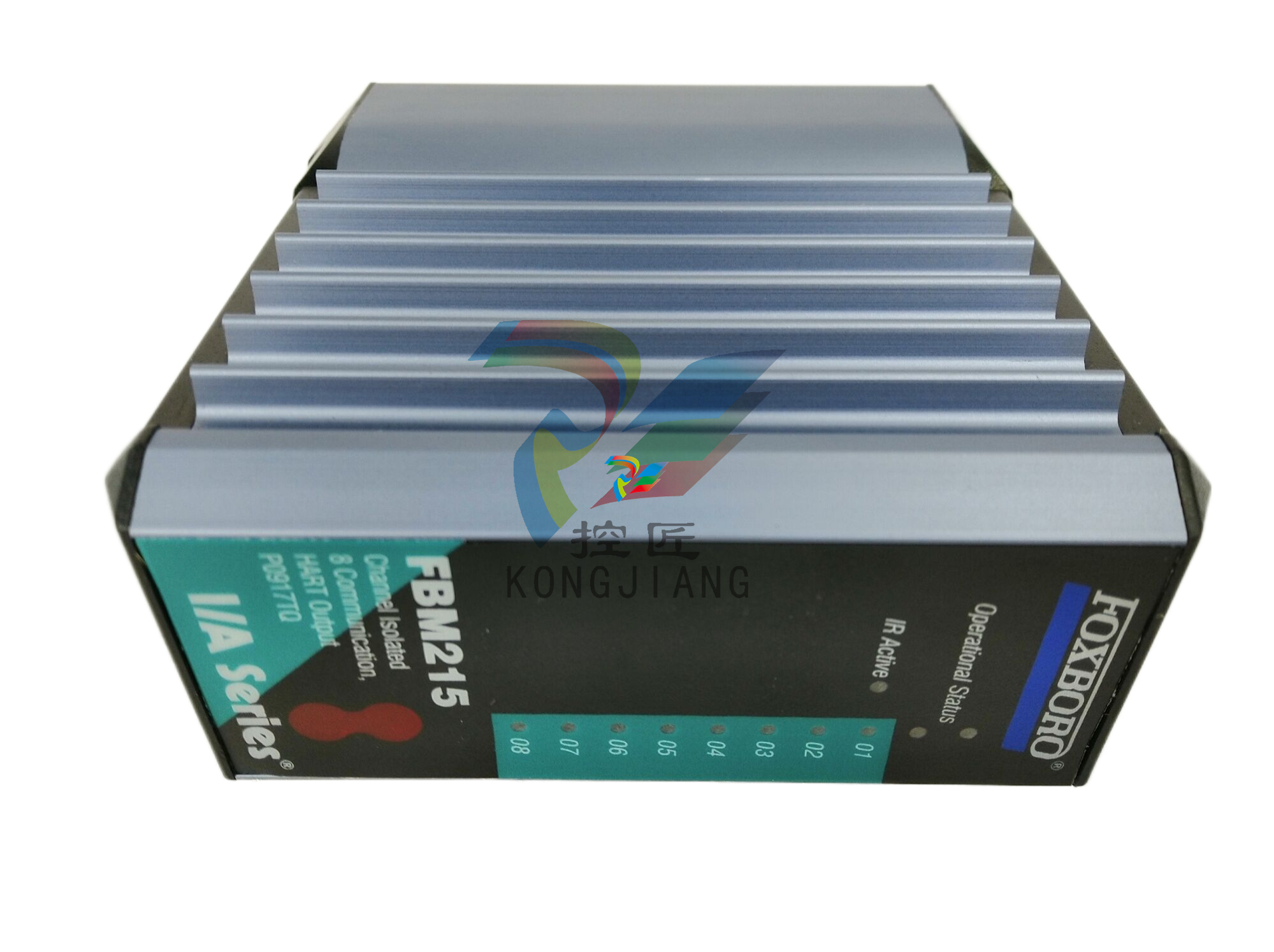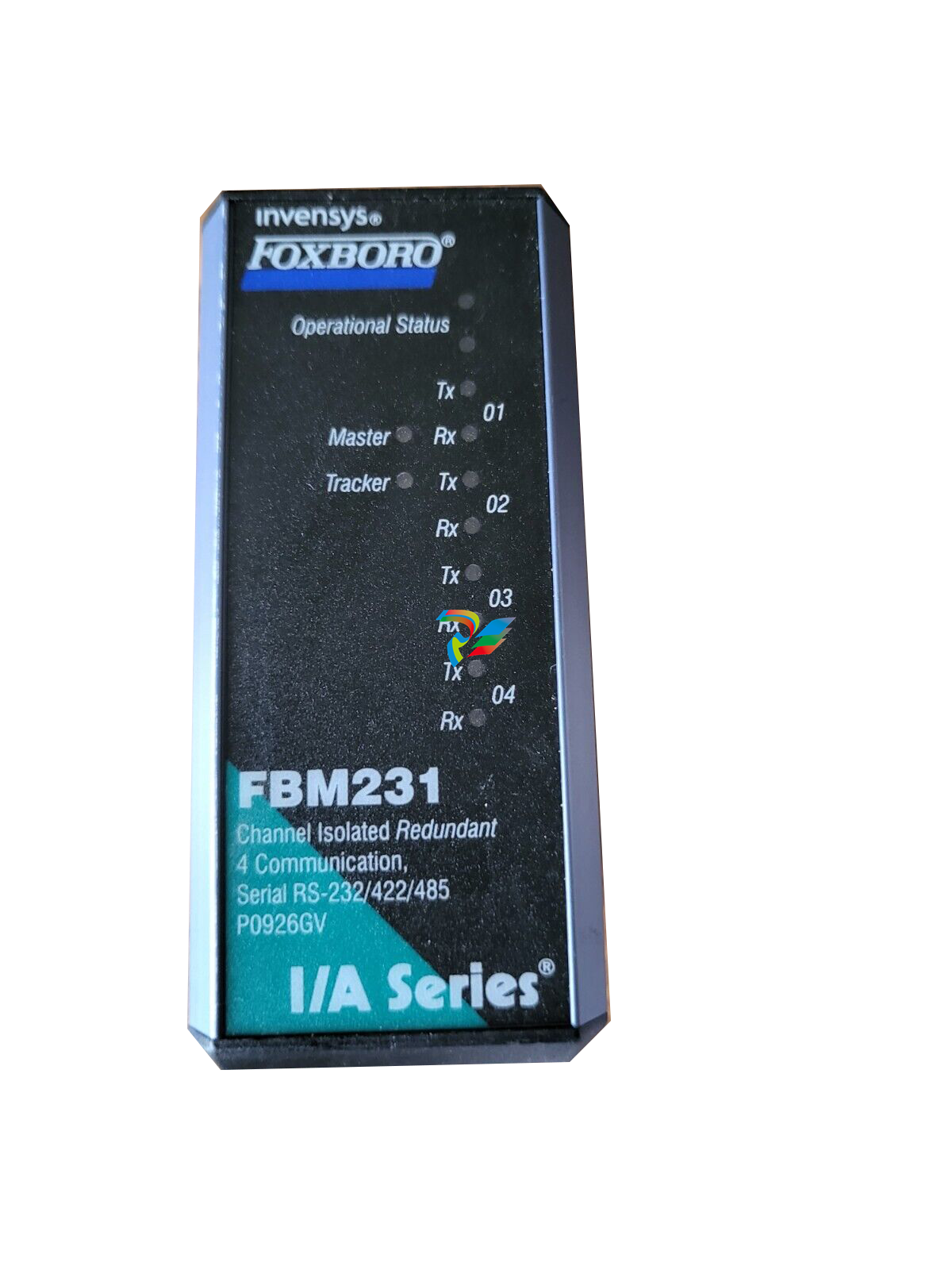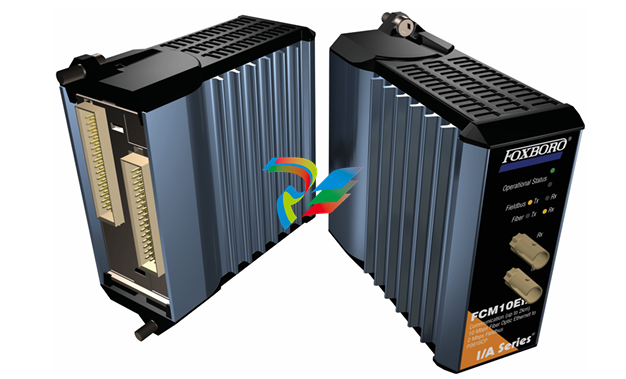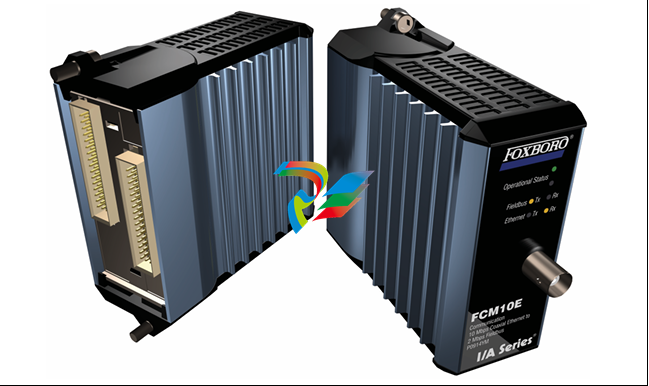
ABB MEASUREMENT & ANALYTICS PGC5000 Process gas chromatograph
The PGC5000 Series Process Gas Chromatograph (analyzer) separates and measures the individual components of gas or liquid
samples. It automatically samples and analyzes process streams, using the analyzer’s Master Controller to control analytical
functions.
The PGC5000 analyzer is compatible with early versions (before version 4) of the STAR Data Management System.
Each analyzer has a temperature code (T-Rating) listed on the nameplate. This T-Rating indicates the temperature classification
of the area in which the analyzer has been designed to operate. T-Ratings and area classifications for analyzer locations are
determined and supplied by the customer.
The analyzer consists of a Master Controller and associated ovens (see Figure 3.1).
Fig. 3.1. Typical PGC5000 with Associated Ovens
An Important Documents CD-ROM comes with the analyzer. Included on this CD are data sheets, installation drawings, and
replacement parts lists needed to support installation and operation of the analyzer. This manual refers to these data sheets
and drawings as the “Data Package.”
3.2 Drawings
Since analyzer configuration depends on the particular application, this manual does not contain generic engineering drawings
and diagrams. You should utilize the drawings, diagrams and replacement parts lists provided on the Data Package supplied
with your analyzer to ensure you are using the correct ones for your system.
3.3 Master controller
The Master Controller can support up to four ovens, in any combination of Class B and Class C ovens, depending on detector
configurations. If internal I/O modules are utilized, the maximum number of ovens per Master Controller is limited to three.
The Master Controller contains a Card Cage with a Single Board Computer (SBC) PCB, a Power Supply, one or more Oven
Controller PCBs, and optional Wago input/output modules. The front panel assembly has a liquid crystal display (LCD), keypad,
and front panel board. Later versions of the front panel assembly have a touchscreen.
3.4 Class B oven
The Class B Oven, which comes in liquid and vapor versions, houses an isothermal oven which contains the analytical columns,
detector, detector amplifier, temperature controller, control valves, and sample valve. The Class B Oven has one detector and a
maximum of four valves.
SI/PGC5000-EN, rev C
7
PGC5000
3 Introduction
PGC5000 Series Service Instructions
3.4.1 Liquid version
The liquid version incorporates a liquid sample valve (LSV) as the input to the analysis. The duration of an analysis depends on
the application and consists of the following:
• The liquid sample valve injects a fixed volume of sample into a vaporizing chamber.
• “Sweep gas” transports sample out of the vaporizing chamber.
• Carrier transports the vaporized sample into the column.
• The column then separates the components and passes them into the detector.
• The detector measures the sample across the range of high to low concentration.
The liquid sample valve is externally mounted on the right side of the Oven Compartment and extends through the isothermal
oven, allowing direct injection. It is actuated by a solenoid valve located in the Oven Electronics Compartment. The liquid
sample valve captures a specific volume of liquid sample below its bubble point, injects it into a temperature controlled
(vaporizing) chamber of the LSV, which then sends the vaporized sample into the oven.
3.4.2 Vapor version
The vapor version has a vapor input to the analysis, so it does not require a liquid sample valve. The duration of an analysis
cycle depends on the applications and consists of the following:
• Carrier gas transports the vaporized sample through the columns.
• The column then separates the components and passes them into the detector.
• The detector measures the sample across the range of high to low concentration.
3.5 Class C oven
The Class C Oven contains the same components as the Class B Oven, but it has the capability to handle more oven
components. The Class C Oven has a maximum of two detectors and a maximum of six valves.
3.6 Air purge systems
The analyzer is suitable for a Class 1 Division 2 hazardous location, or an Ex Zone 2 area, without purge and pressurization
protection. Purge and pressurization protection of the electronics enclosure is required for a Class 1 Division 1 location, or an
Ex Zone 1 area. Refer to the analyzer nameplate for purge and pressurization specifications.
3.7 System variations
This manual supports the basic PGC5000 analyzer. An appendix to the main manual presents additional instruction for special
applications such as PGC5000TPGC (temperature programmed GC), PGC5007 (fuel sulfur GC), and PGC5009 (fast GC).
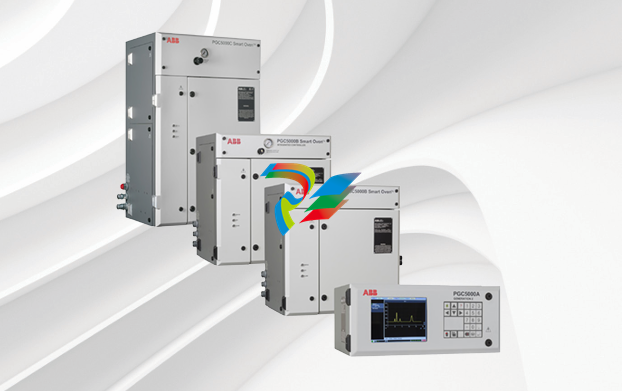













































.jpg)
.jpg)
.jpg)





.jpg)



.png)
.jpg)

.jpg)
_lVjBYb.jpg)

.jpg)
.jpg)



.jpg)
.jpg)







.jpg)

.jpg)
.jpg)






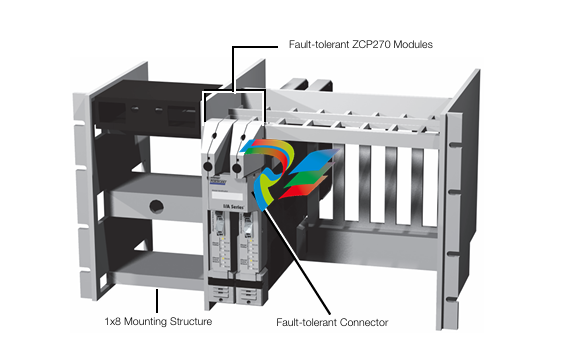

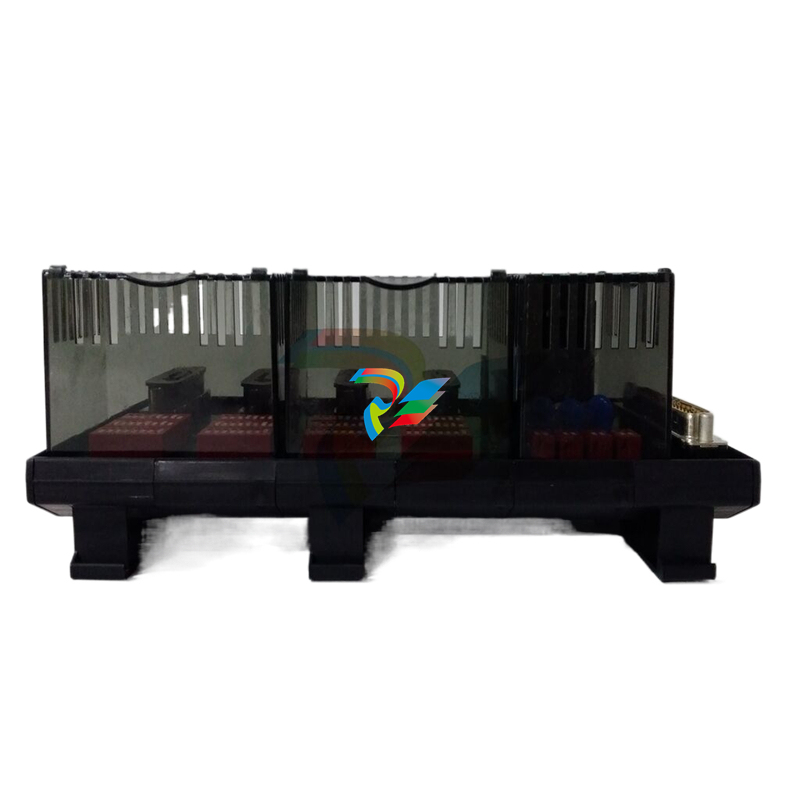
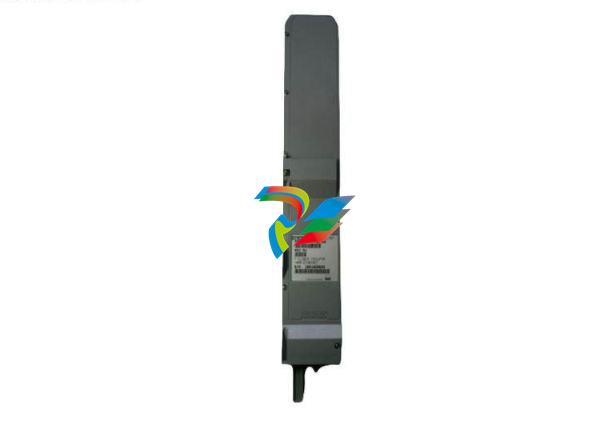
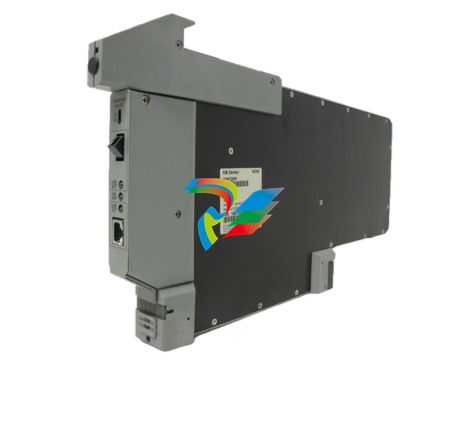
.jpg)
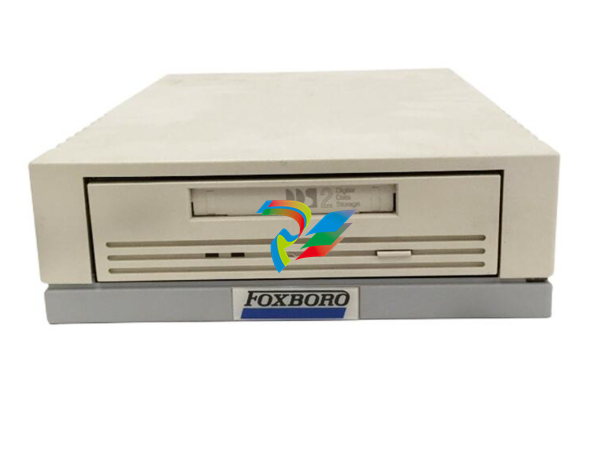

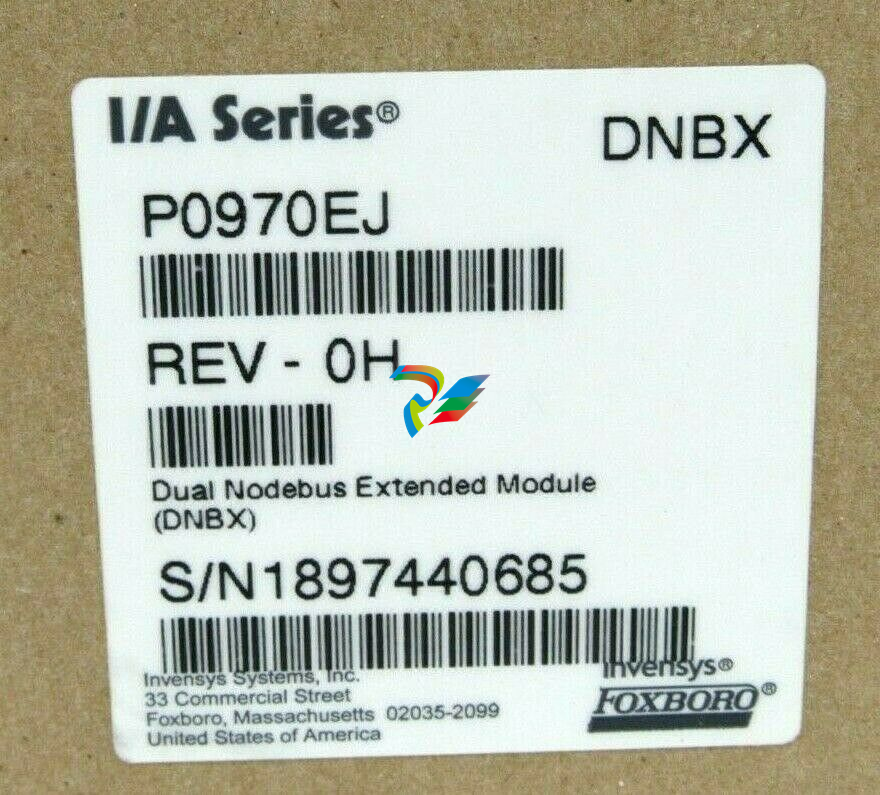

.jpg)
.jpg)
.jpg)
.jpg)
.jpg)
.jpg)
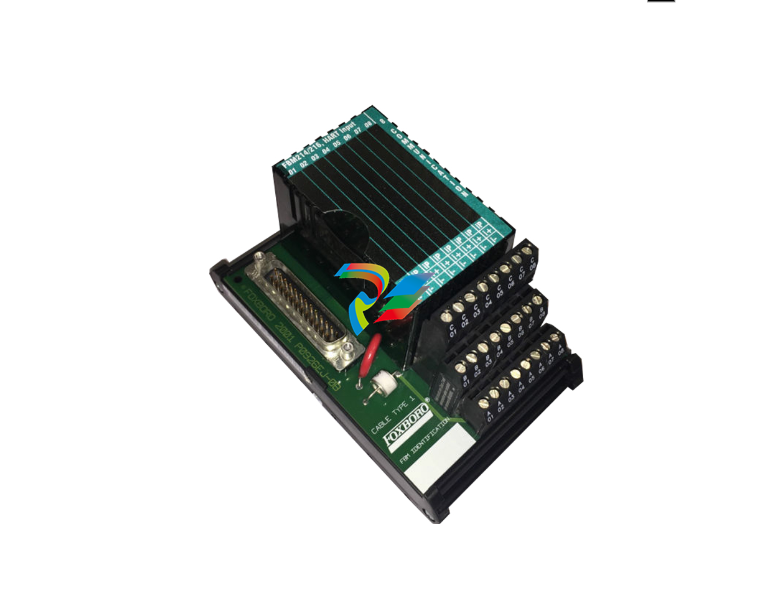
.jpg)
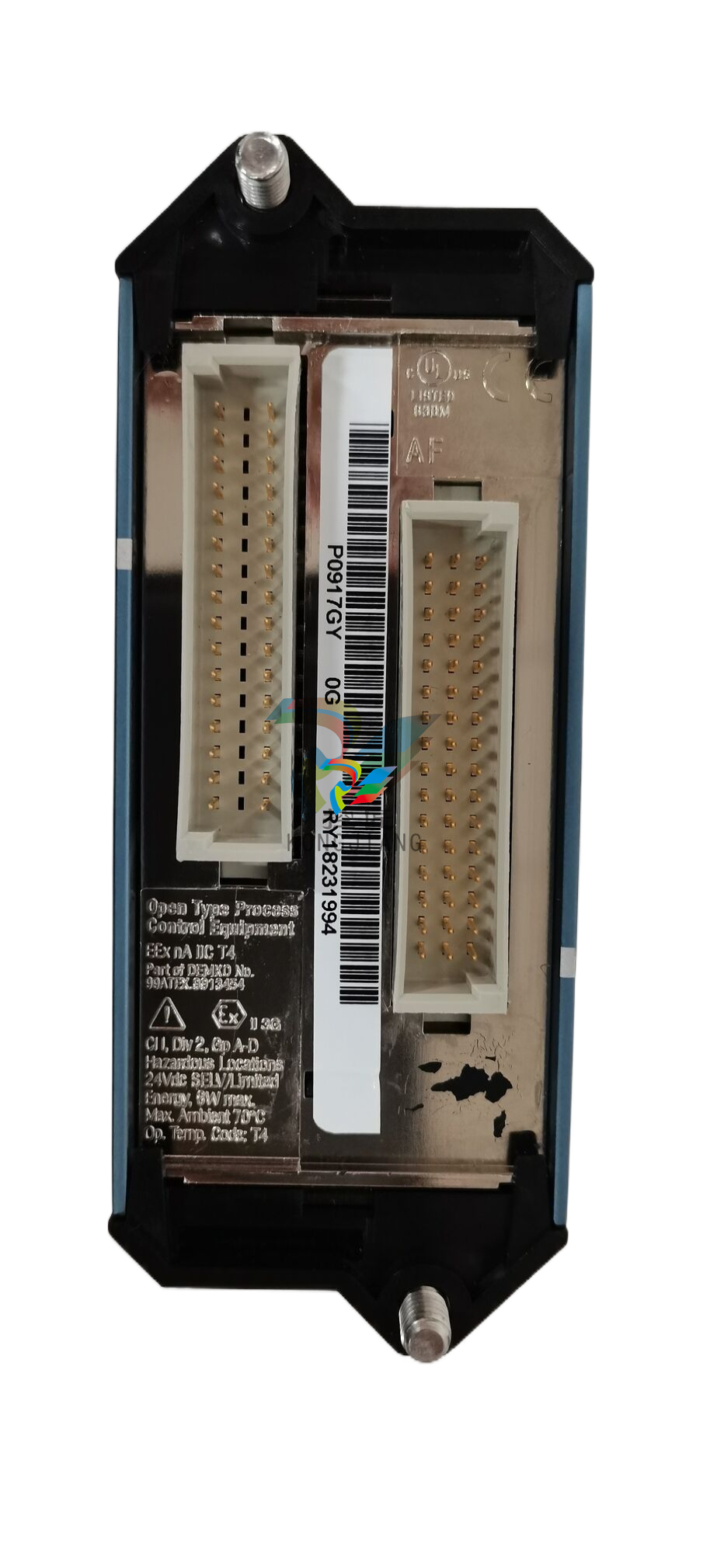
.jpg)
.jpg)
.jpg)
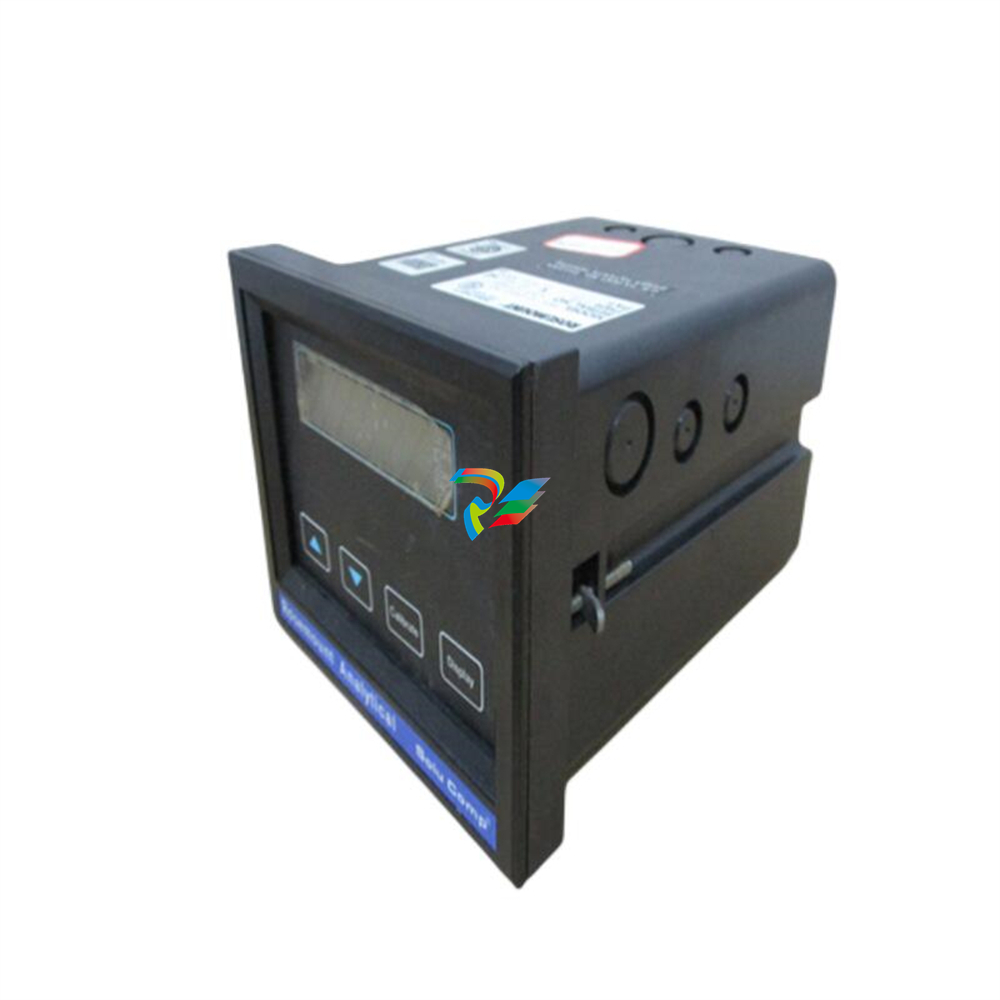
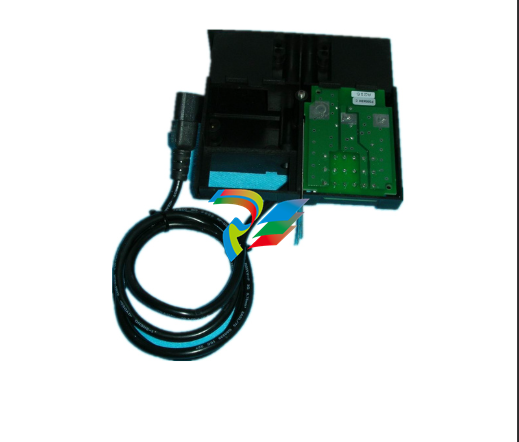
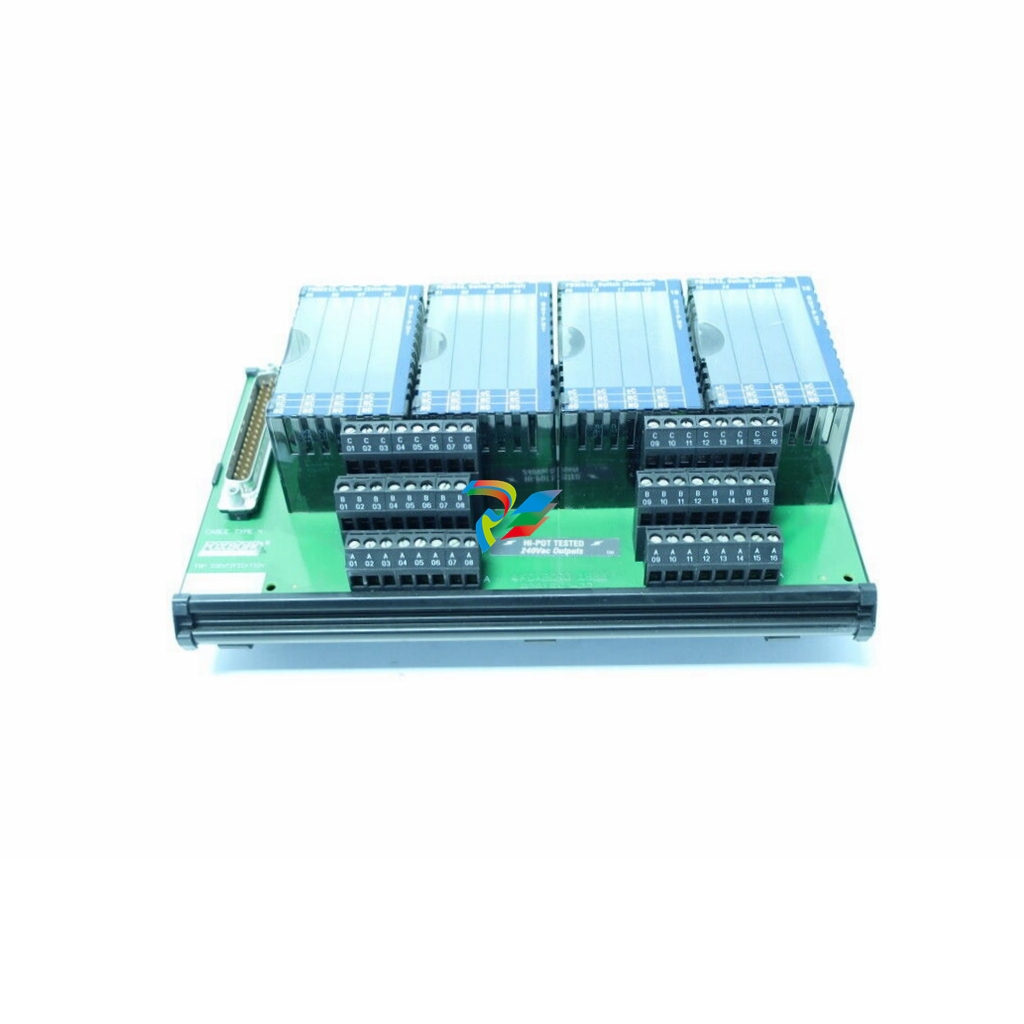
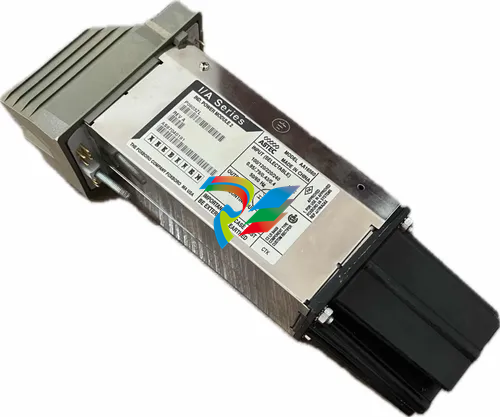
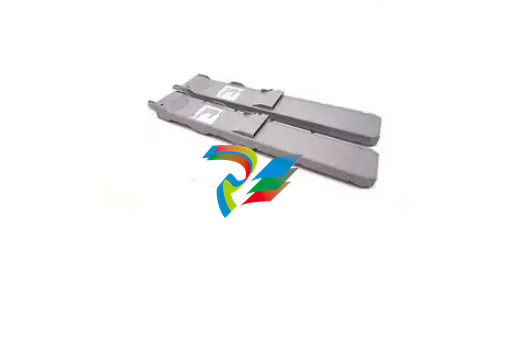
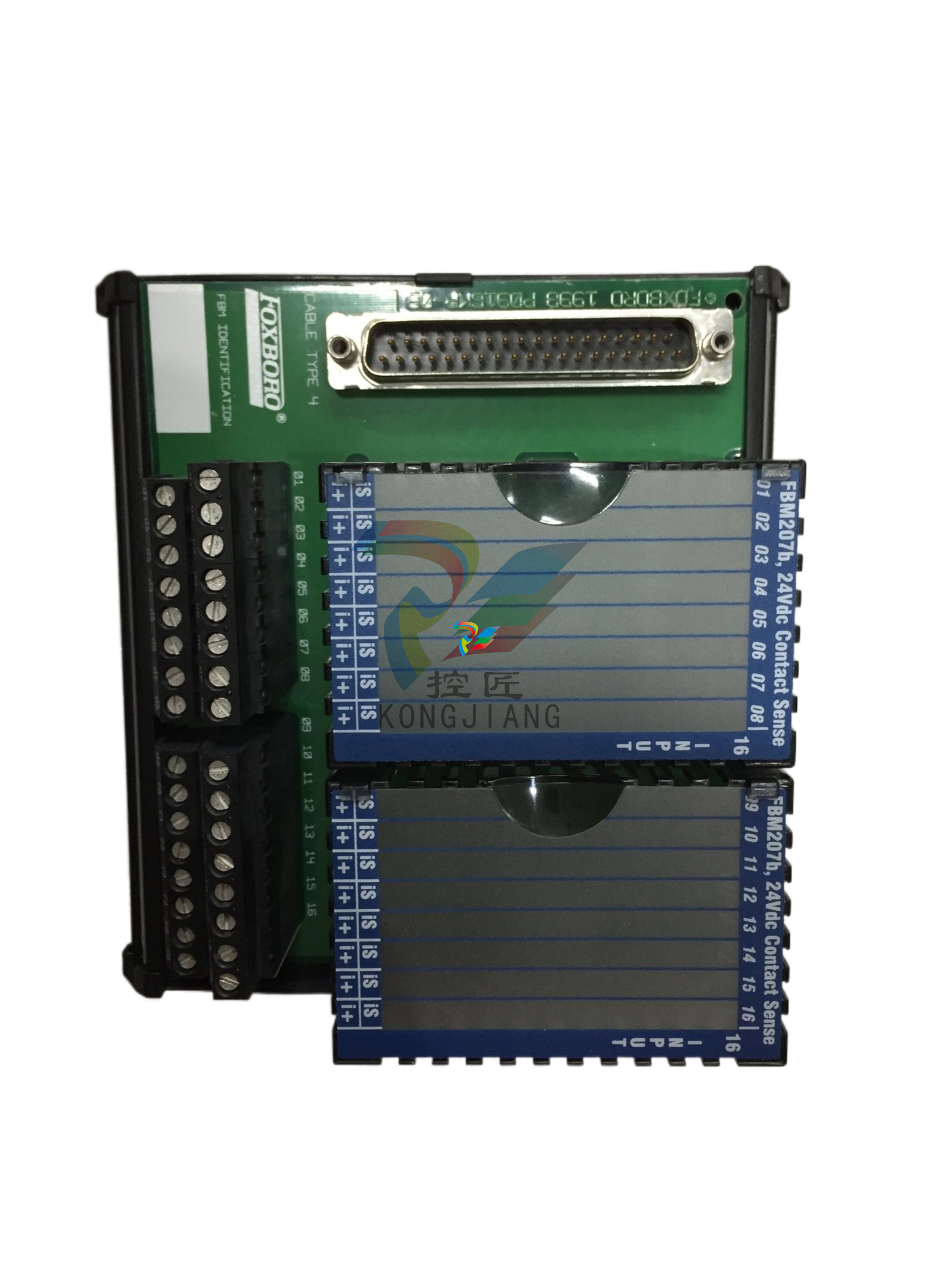
.jpg)

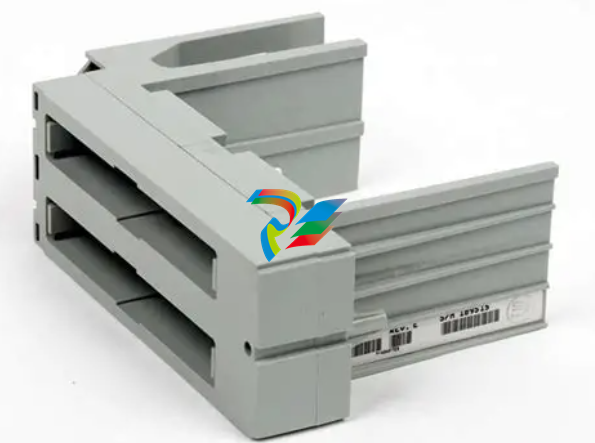
.jpg)
